Malaysia, a country steeped in rich history and diverse cultures, offers travellers a unique glimpse into its past through numerous historical sites. From ancient ruins to colonial buildings, each site tells a story of Malaysia’s vibrant heritage.
Here’s a guide to the top historical sites in Malaysia!
Malacca (Melaka) Historical City
A Famosa
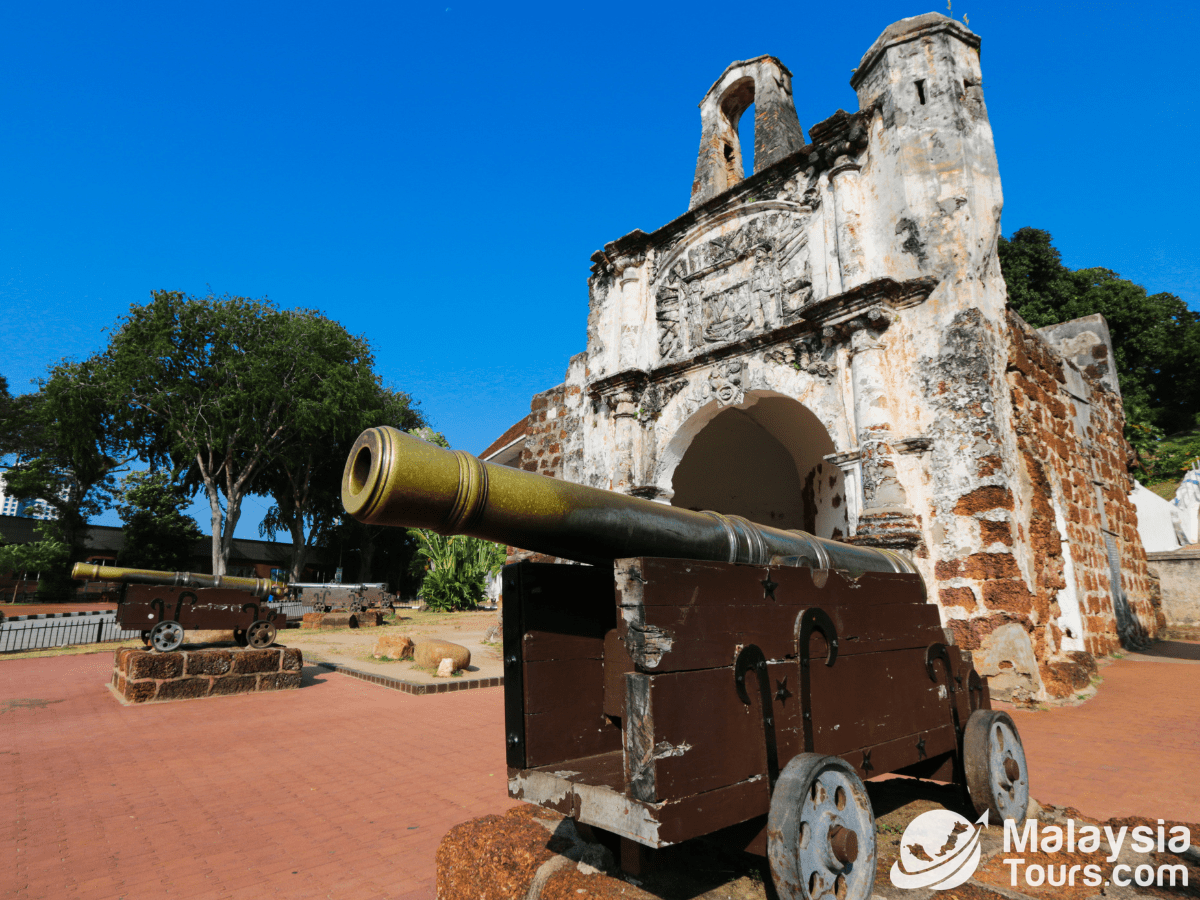
Description: Built in 1512 by the Portuguese, A Famosa is one of the oldest surviving European architectural remains in Southeast Asia. The fortress once encircled the entire city but now only a small gatehouse, Porta de Santiago, remains.
Historical Significance: A Famosa played a crucial role in the defence and administration during the Portuguese colonial period.
Practical Information: Open daily; entrance is free.
Local Tips: Visit early in the morning to avoid crowds and enjoy cooler temperatures.
St. Paul’s Hill (Bukit St. Paul)
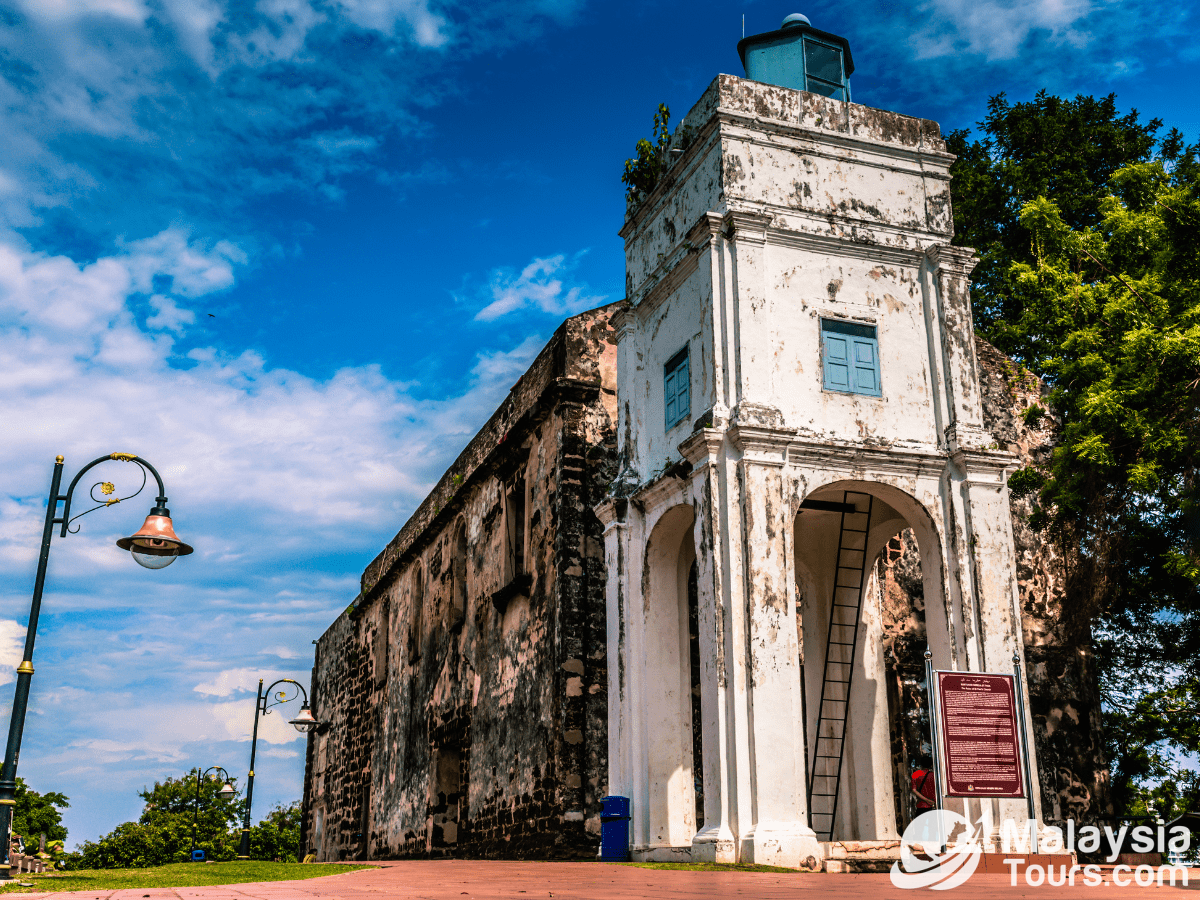
Description: Home to St. Paul’s Church, built by the Portuguese in 1521, this site offers panoramic views of Malacca and features several museums, as well as The Dutch Graveyard that once served as a burial ground for noblemen.
Historical Significance: It served as a strategic lookout point and a significant religious site during the Portuguese and Dutch periods.
Practical Information: Open daily; entrance is free.
Local Tips: Combine your visit with a walk down Jonker Street for a full historical and cultural experience.
Dutch Square
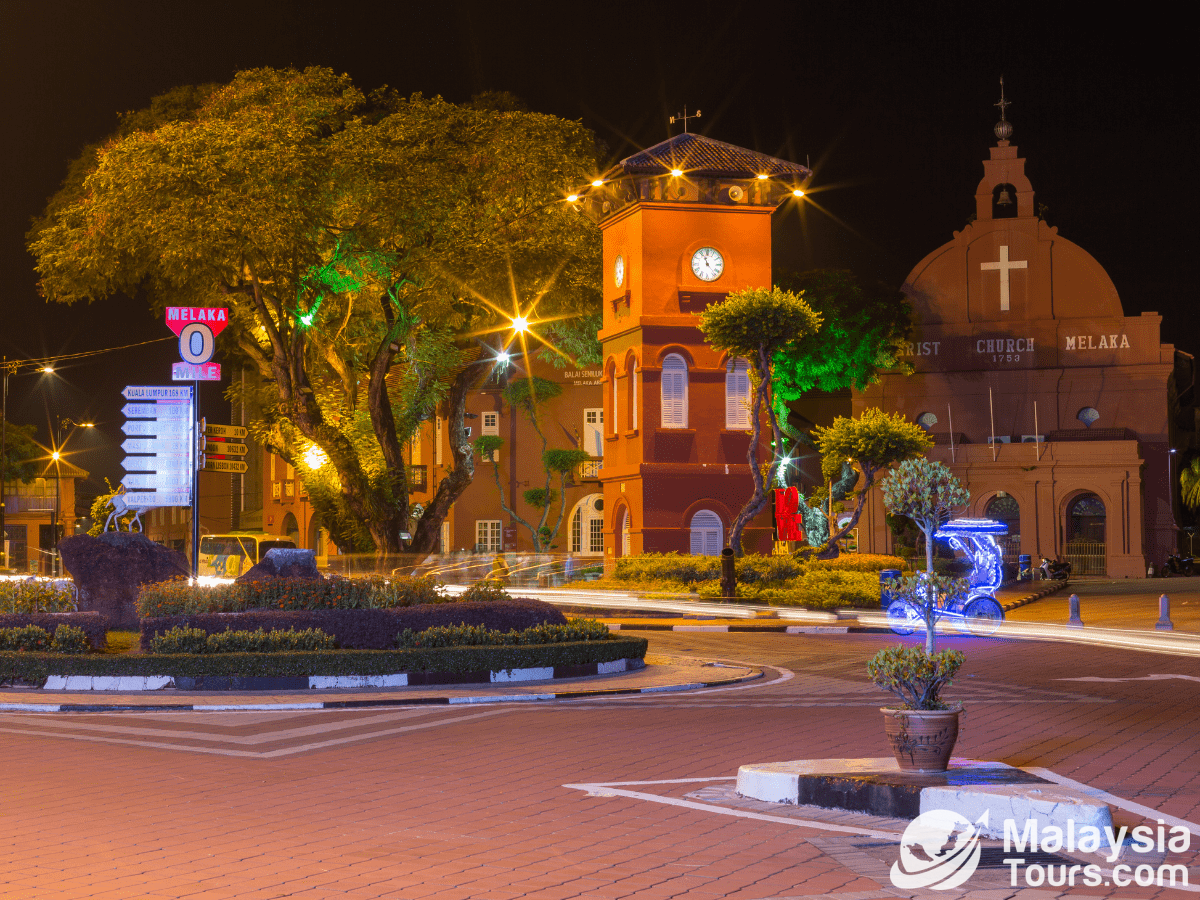
Description: Known for its iconic red buildings, including the Stadthuys and Christ Church, Dutch Square represents the Dutch colonial period in Malacca from 1641 to 1824.
Historical Significance: The buildings served as administrative offices and places of worship during the Dutch colonial era.
Practical Information: Open daily; entrance to some buildings may require a fee.
Local Tips: Don’t miss the Malacca River Cruise for a unique perspective of the historic city.
Penang Island
Fort Cornwallis
Description: Located in George Town, Fort Cornwallis is the largest standing fort in Malaysia. Built by the British East India Company in the late 18th century, it offers a fascinating look into Penang’s colonial past.
Historical Significance: The fort served as a defence structure and administrative centre during British colonial rule.
Practical Information: Open daily; entrance fee applies.
Local Tips: Visit during the late afternoon for guided tours and reenactments.
Cheong Fatt Tze Mansion (Blue Mansion)
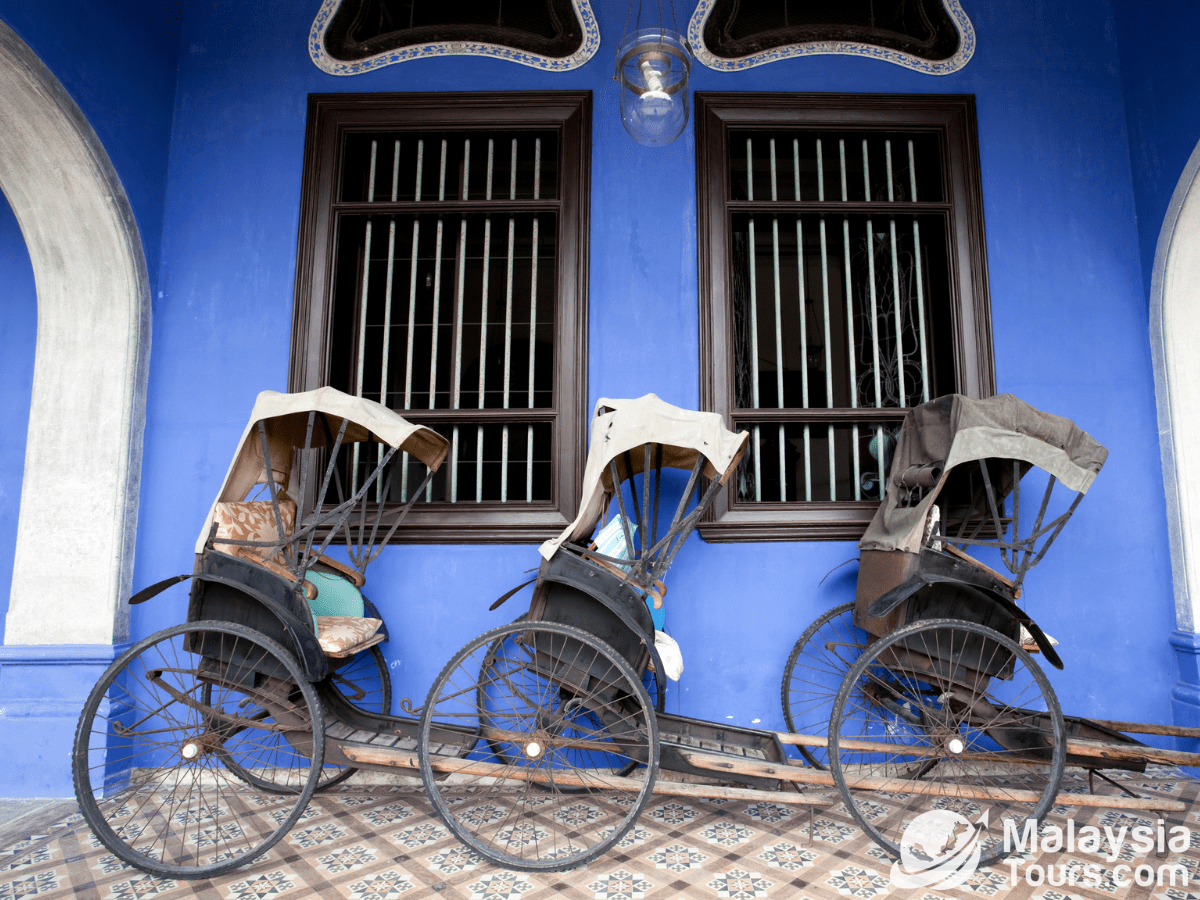
Description: This UNESCO World Heritage site is an excellent example of 19th-century Chinese architecture. It was built by Cheong Fatt Tze, a prominent Chinese industrialist, and was featured in the 2018 film Crazy Rich Asians.
Historical Significance: The mansion reflects the prosperity and cultural influences of the Chinese community in Penang.
Practical Information: Open for guided tours; entrance fee applies.
Local Tips: Book the evening tour for a special insight into the mansion’s history and architecture.
Khoo Kongsi Clan House
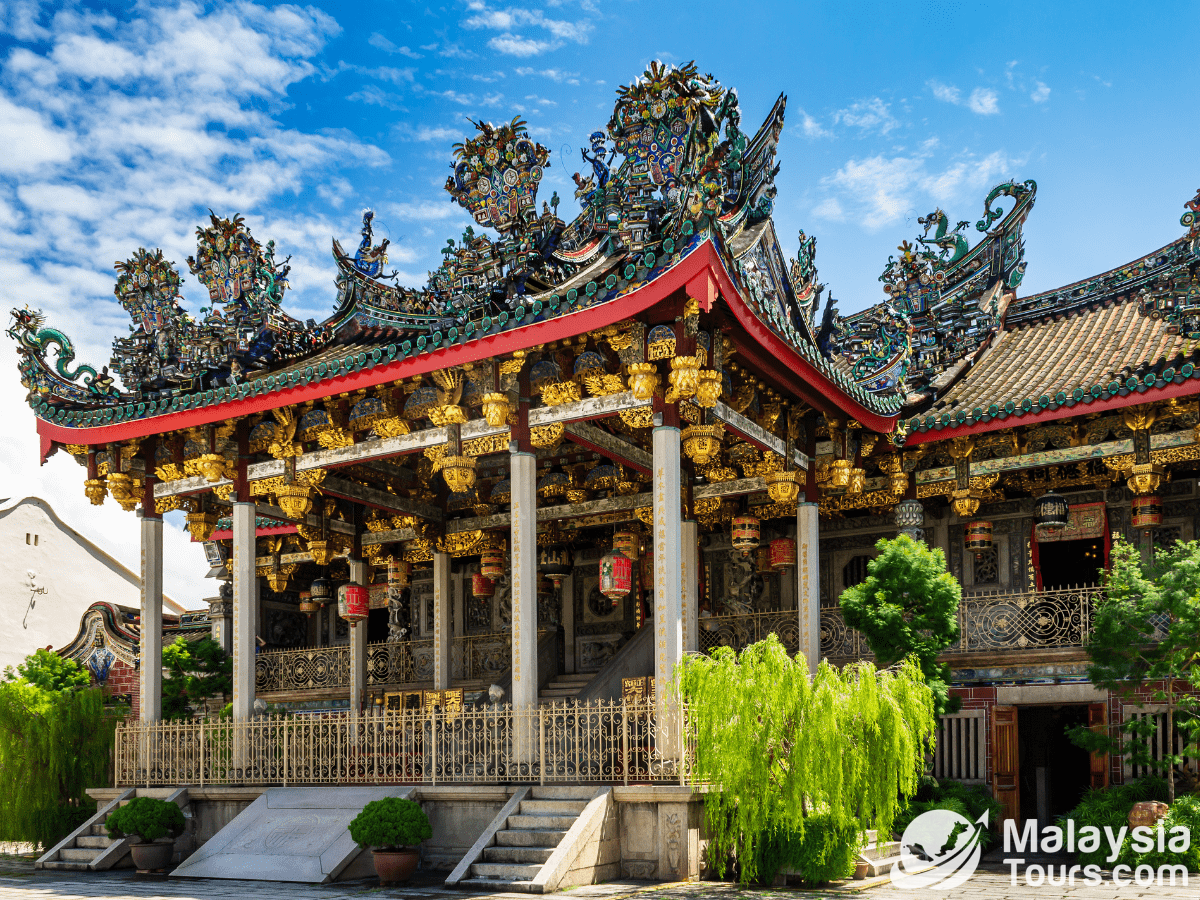
Description: An ornate clan house built by the Khoo clan, it stands as a testament to the Chinese heritage and communal living of Penang’s early Chinese settlers.
Historical Significance: It served as a social and administrative hub for the Khoo clan.
Practical Information: Open daily; entrance fee applies.
Local Tips: Time your visit with one of the cultural performances held at the clan house.
Kuala Lumpur
Sultan Abdul Samad Building
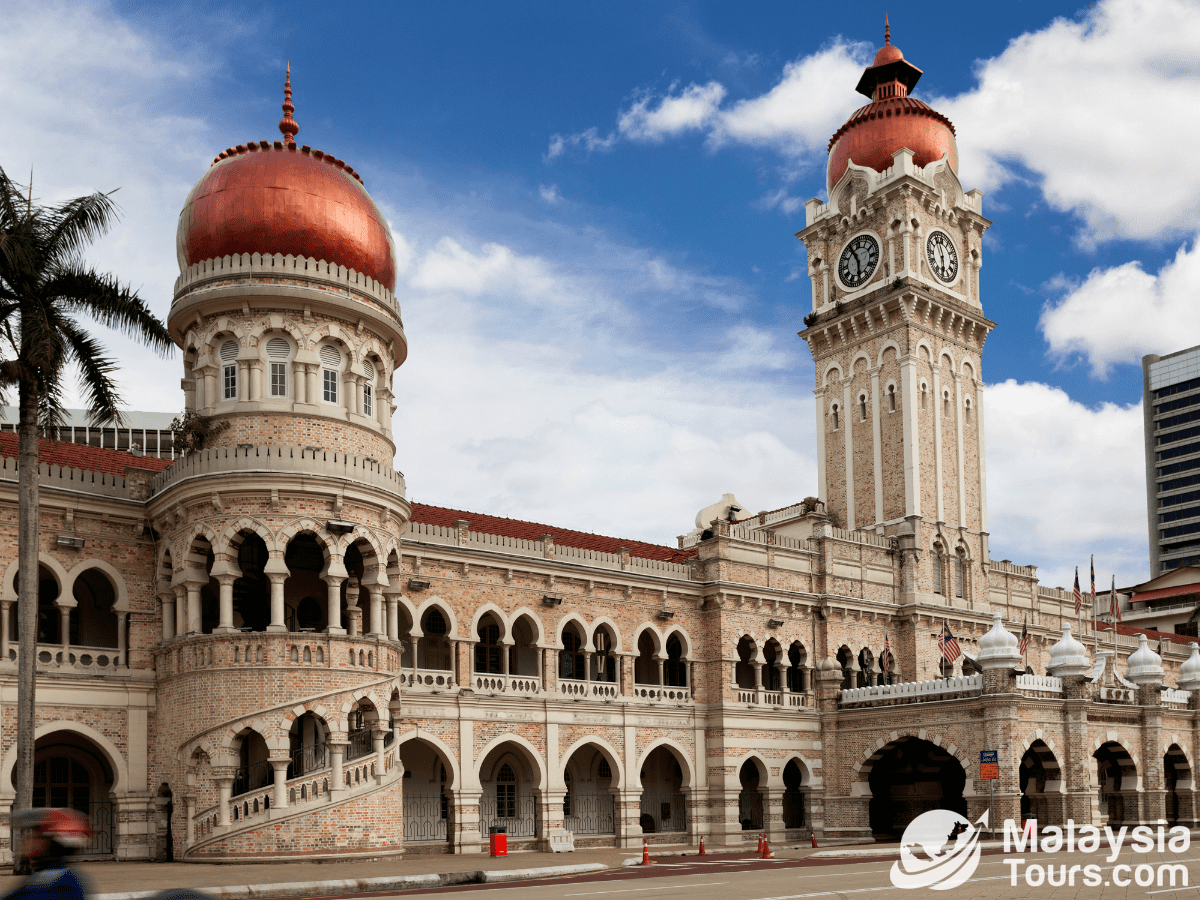
Description: Located in front of Merdeka Square, this iconic building is a symbol of Malaysia’s colonial history and was completed in 1897. It originally housed the offices of the British administration.
Historical Significance: It represents the Moorish architecture style and the administrative history of British colonial rule.
Practical Information: Open for exterior viewing; interior access is limited.
Local Tips: Visit at night when the building is beautifully illuminated.
National Museum (Muzium Negara)
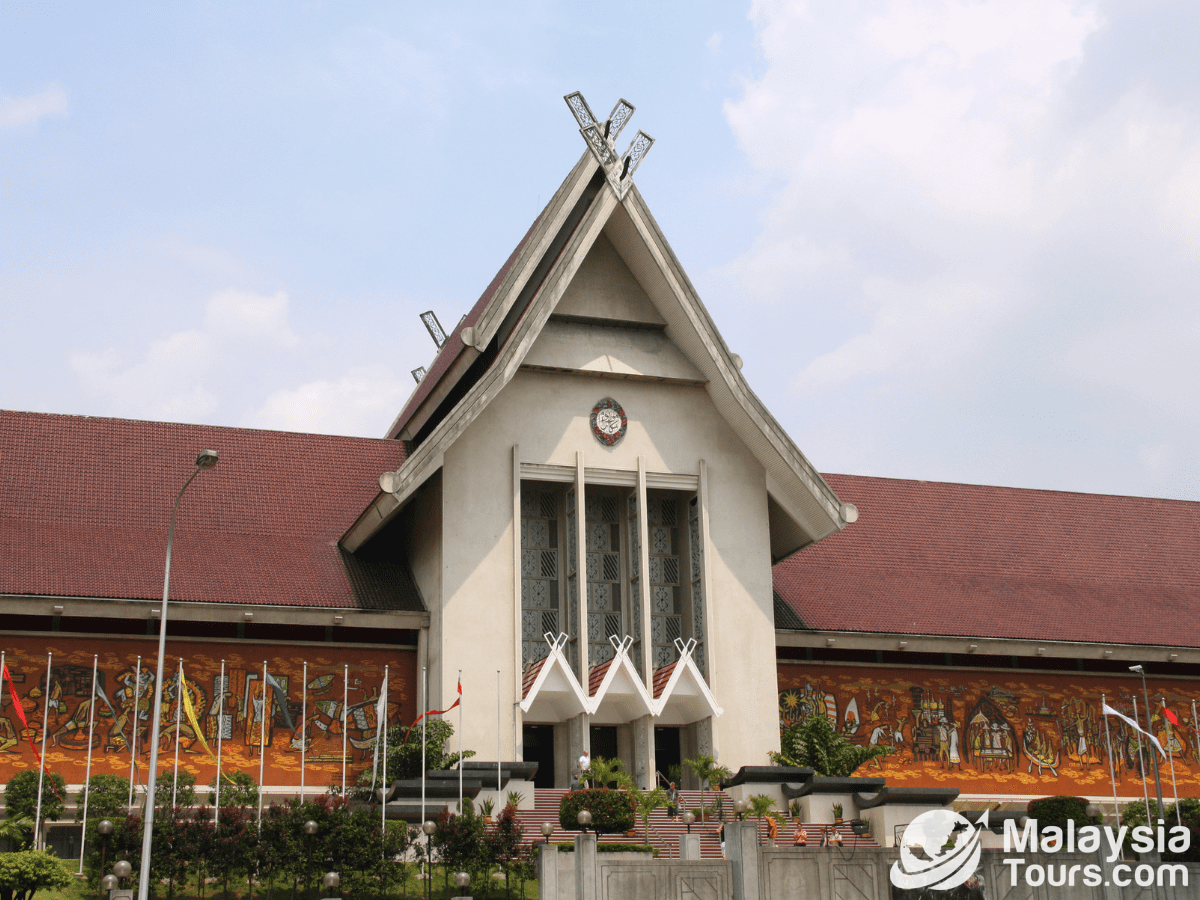
Description: Offering comprehensive exhibits on Malaysia’s history, from prehistoric times to the modern era, the National Museum is a must-visit for history enthusiasts.
Historical Significance: The museum provides a detailed account of Malaysia’s cultural and historical evolution.
Practical Information: Open daily; entrance fee applies.
Local Tips: Allocate at least two hours to fully explore the exhibits.
Jamek Mosque (Masjid Jamek)
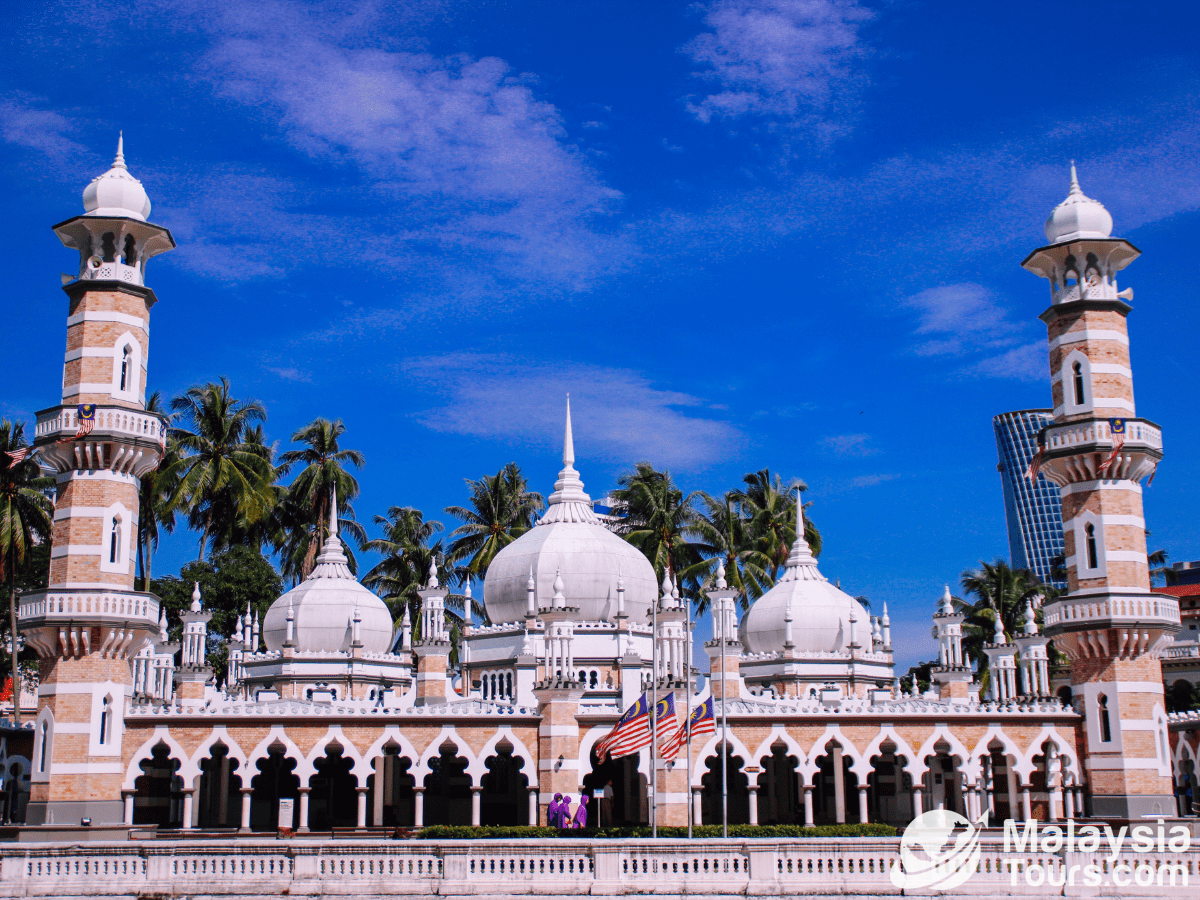
Description: One of Kuala Lumpur’s oldest mosques, built in 1909, it is located at the confluence of the Klang and Gombak rivers. It showcases Moorish, Islamic, and Mughal architecture.
Historical Significance: It was the main mosque of Kuala Lumpur before the National Mosque was built.
Practical Information: Open to visitors outside prayer times; dress modestly.
Local Tips: Join a guided tour to learn about the mosque’s history and architectural details.
Perak
Kellie’s Castle
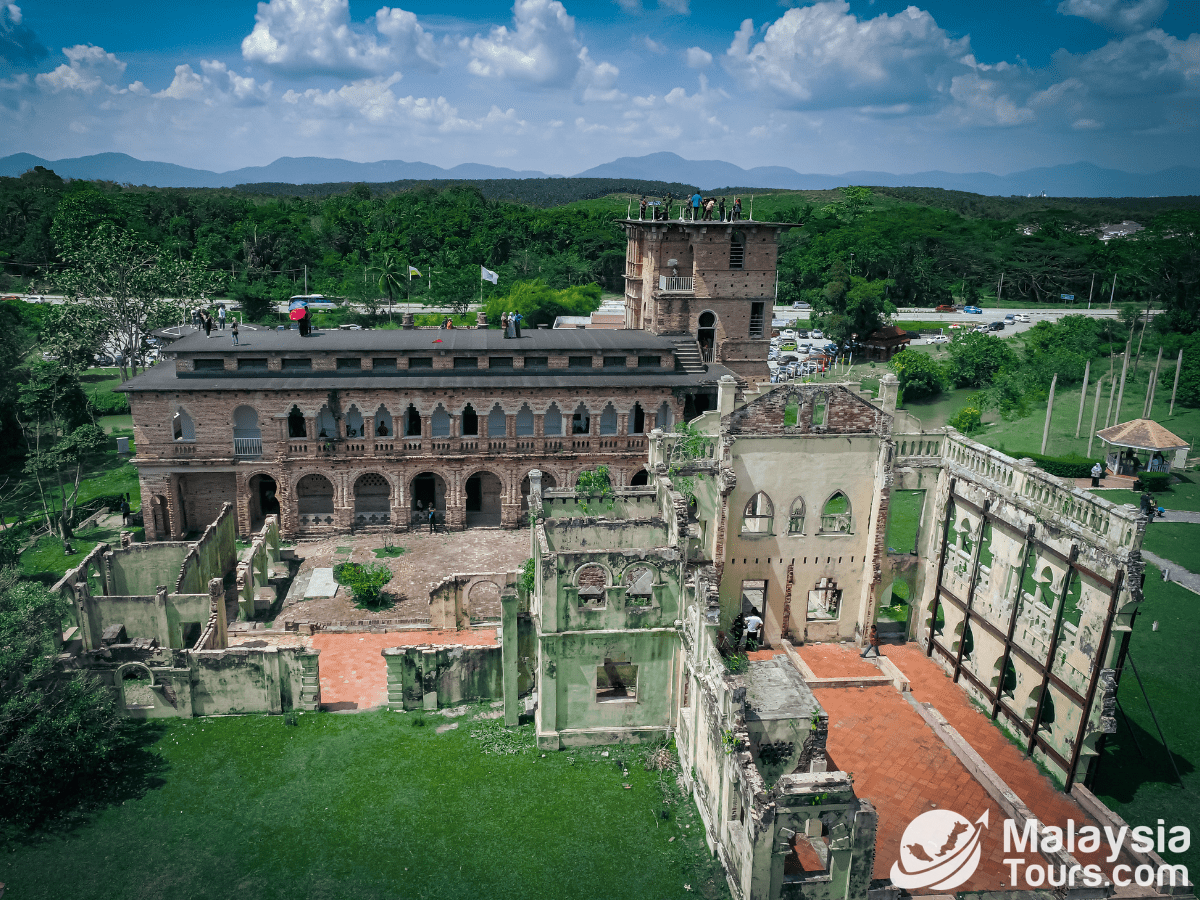
Description: An unfinished mansion built by a Scottish planter, William Kellie Smith, in the early 20th century, Kellie’s Castle near Ipoh is shrouded in mystery and legend.
Historical Significance: It is a symbol of colonial ambition and architectural innovation.
Practical Information: Open daily; entrance fee applies.
Local Tips: Join a guided tour to hear the fascinating stories and legends associated with the castle.
Ipoh Old Town
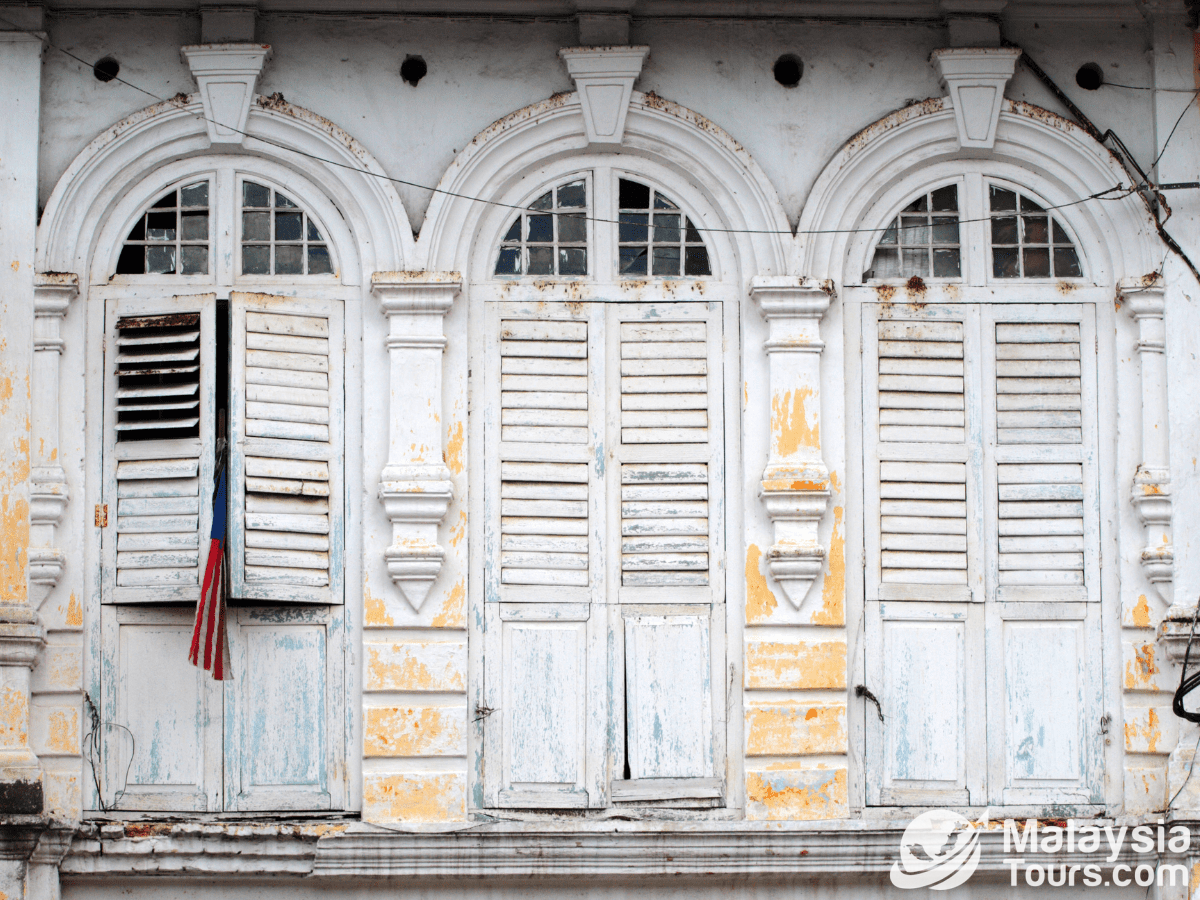
Description: Renowned for its colonial-era buildings and vibrant street art, Ipoh Old Town offers a charming blend of history and modernity.
Historical Significance: It reflects the architectural and cultural heritage of Ipoh’s tin mining boom.
Practical Information: Open access; guided tours available.
Local Tips: Explore on foot to fully appreciate the street art and historical buildings.
Taiping Lake Gardens
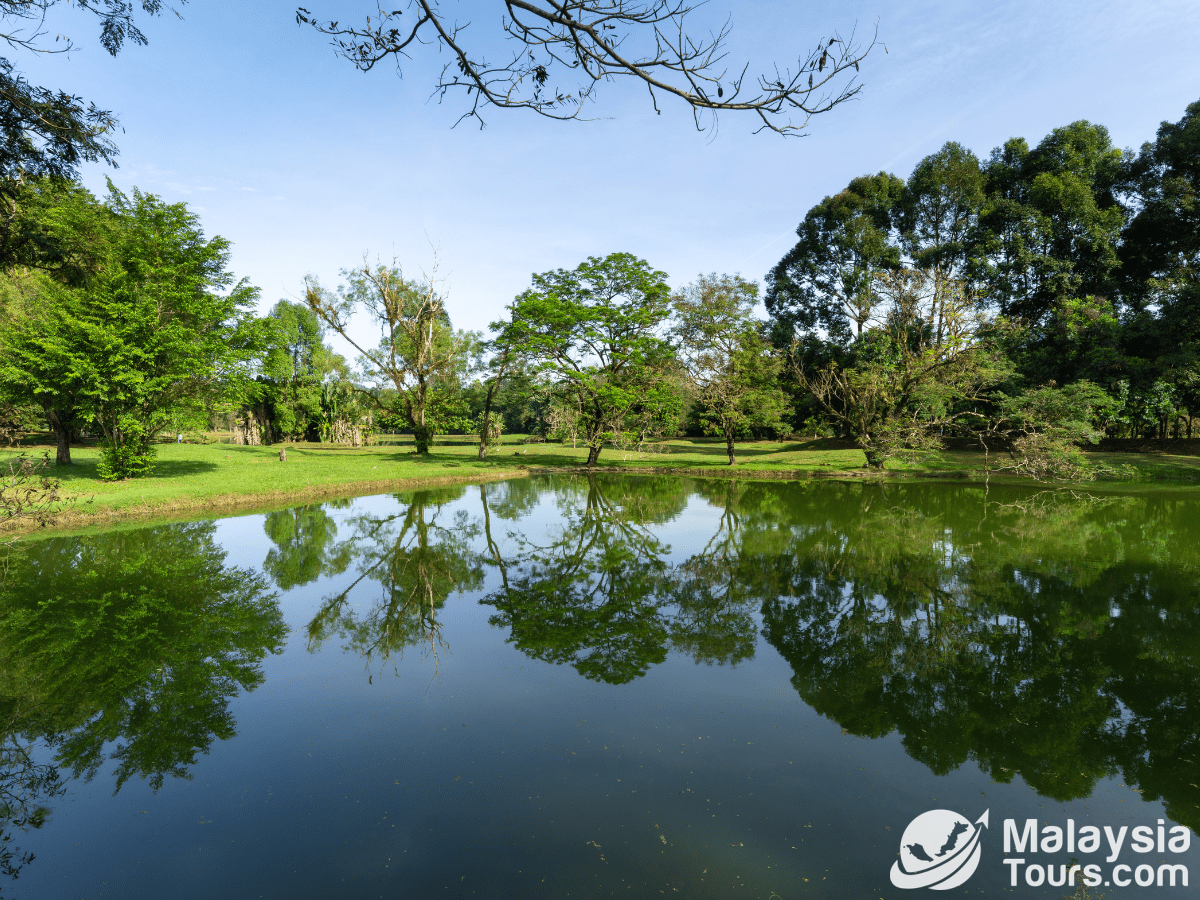
Description: Established in 1880, these gardens are among the oldest in Malaysia and are surrounded by historical landmarks such as the Taiping Zoo and the British Residency.
Historical Significance: The gardens are a legacy of British colonial town planning.
Practical Information: Open daily; entrance is free.
Local Tips: Visit in the early morning or late afternoon for a serene experience.
Sabah
Agnes Keith House
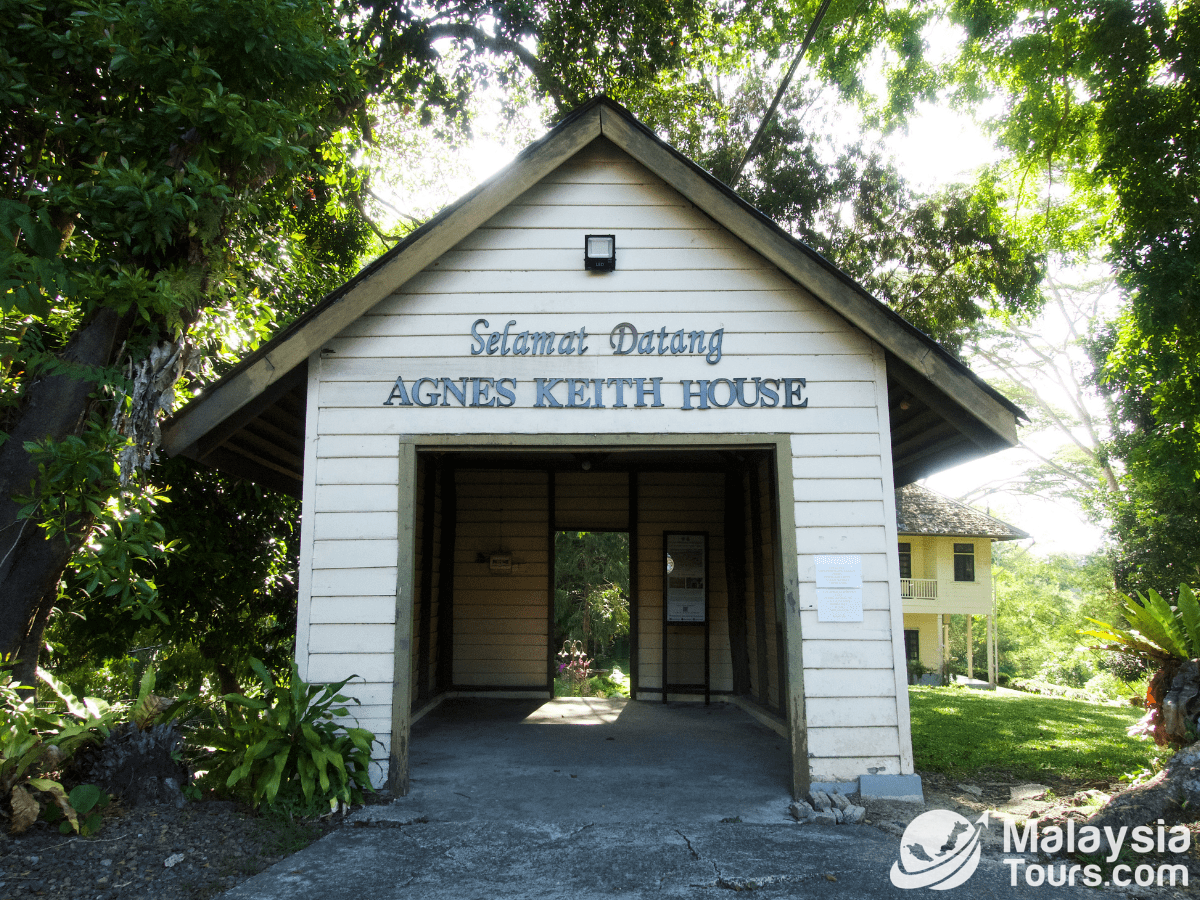
Description: Situated in Sandakan, this historic house-turned-museum was the home of American writer Agnes Newton Keith. It offers insights into colonial life and World War II in North Borneo.
Historical Significance: It provides a glimpse into the life of expatriates in North Borneo during the early 20th century.
Practical Information: Open daily; entrance fee applies.
Local Tips: Combine your visit with a trip to the nearby Sandakan Memorial Park.
Atkinson Clock Tower
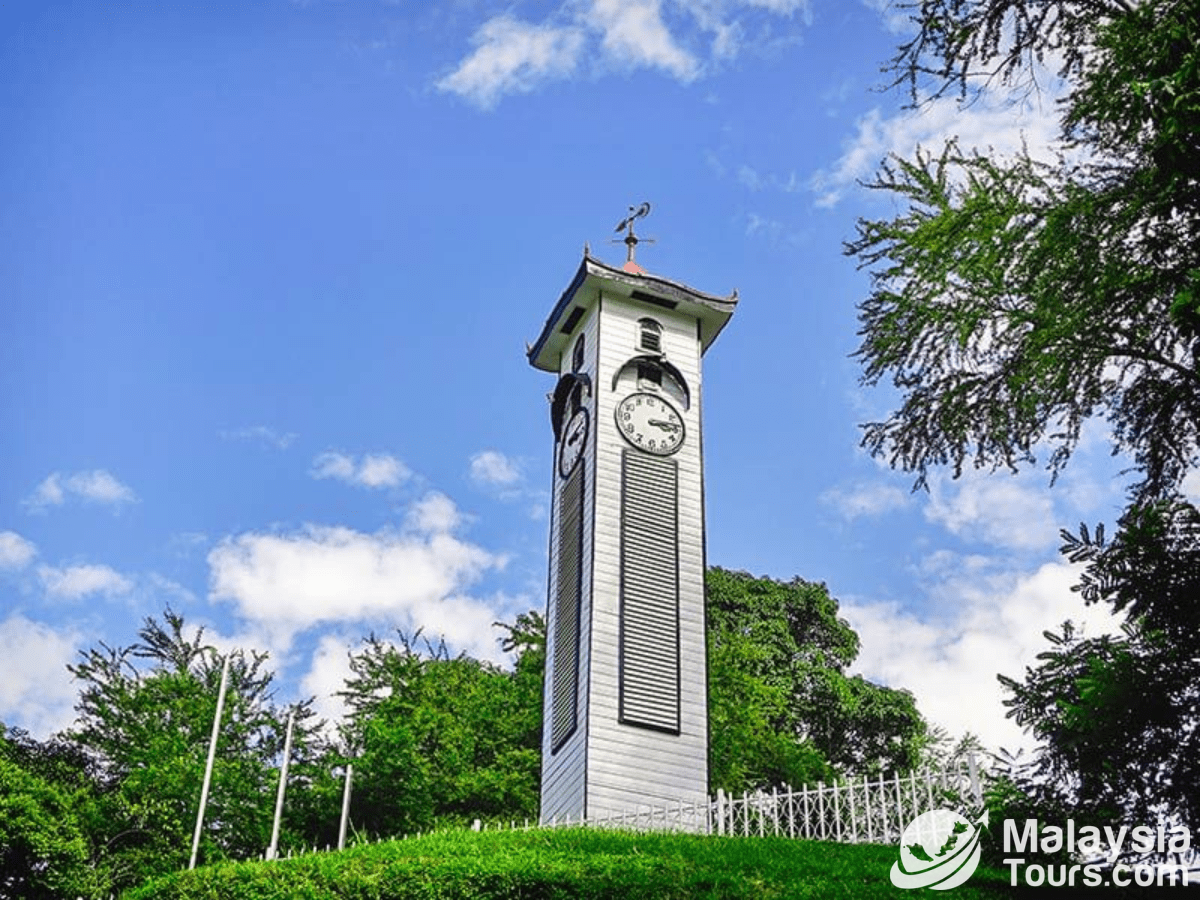
Description: Located in Kota Kinabalu, this clock tower was built in 1905 in memory of Francis George Atkinson, Jesselton’s first district officer. It is one of the few surviving structures from the pre-war era.
Historical Significance: The tower represents the early development and administration of Kota Kinabalu.
Practical Information: Open access; best viewed during daylight.
Local Tips: Pair your visit with a walk along the waterfront for a pleasant outing.
Kundasang War Memorial
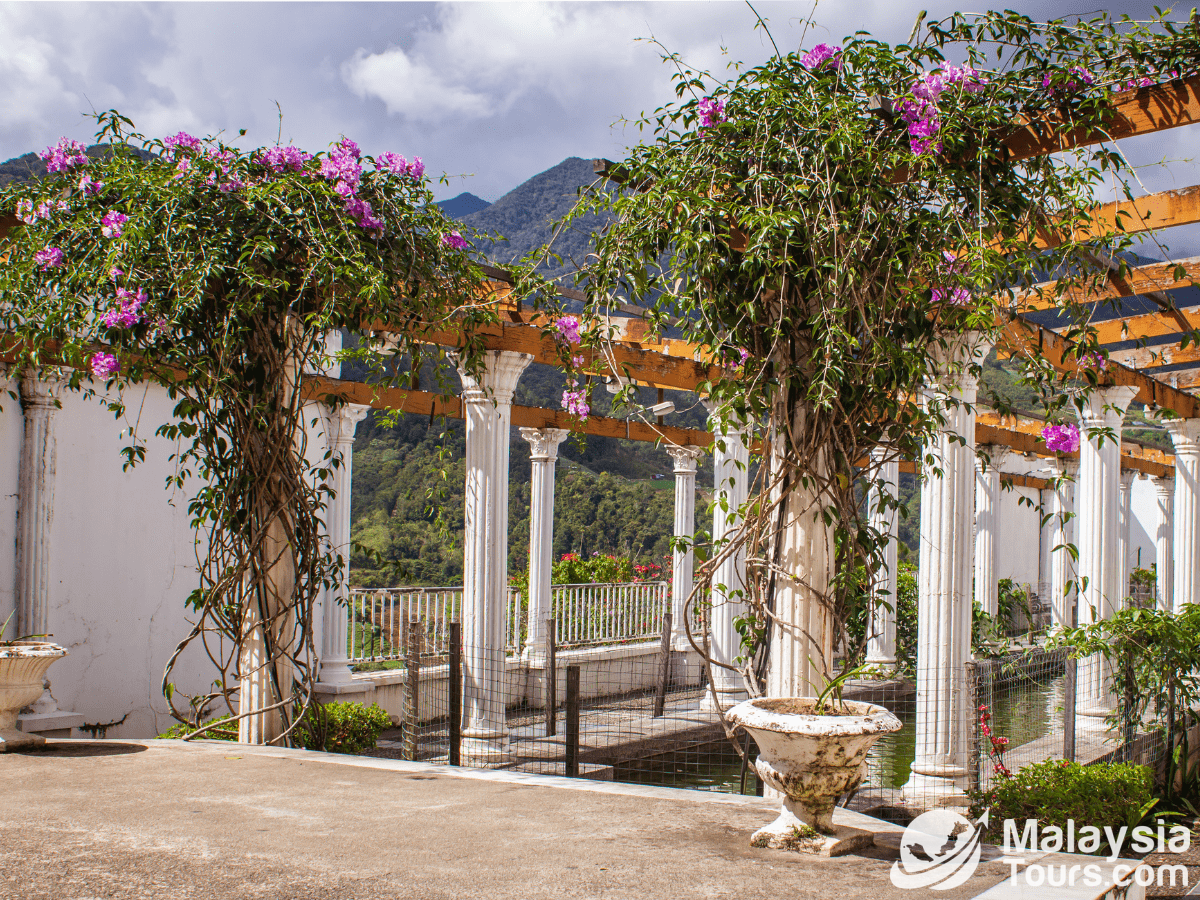
Description: Established to honour the Australian and British soldiers who died during the Sandakan Death Marches in World War II, this memorial in Kundasang also commemorates the trials and tribulations of the local people of that time.
Historical Significance: It is a poignant reminder of the sacrifices made during the war.
Practical Information: Open daily; entrance fee applies.
Local Tips: Visit the memorial gardens for a moment of reflection and stunning views of Mount Kinabalu.
Sarawak
Sarawak Cultural Village
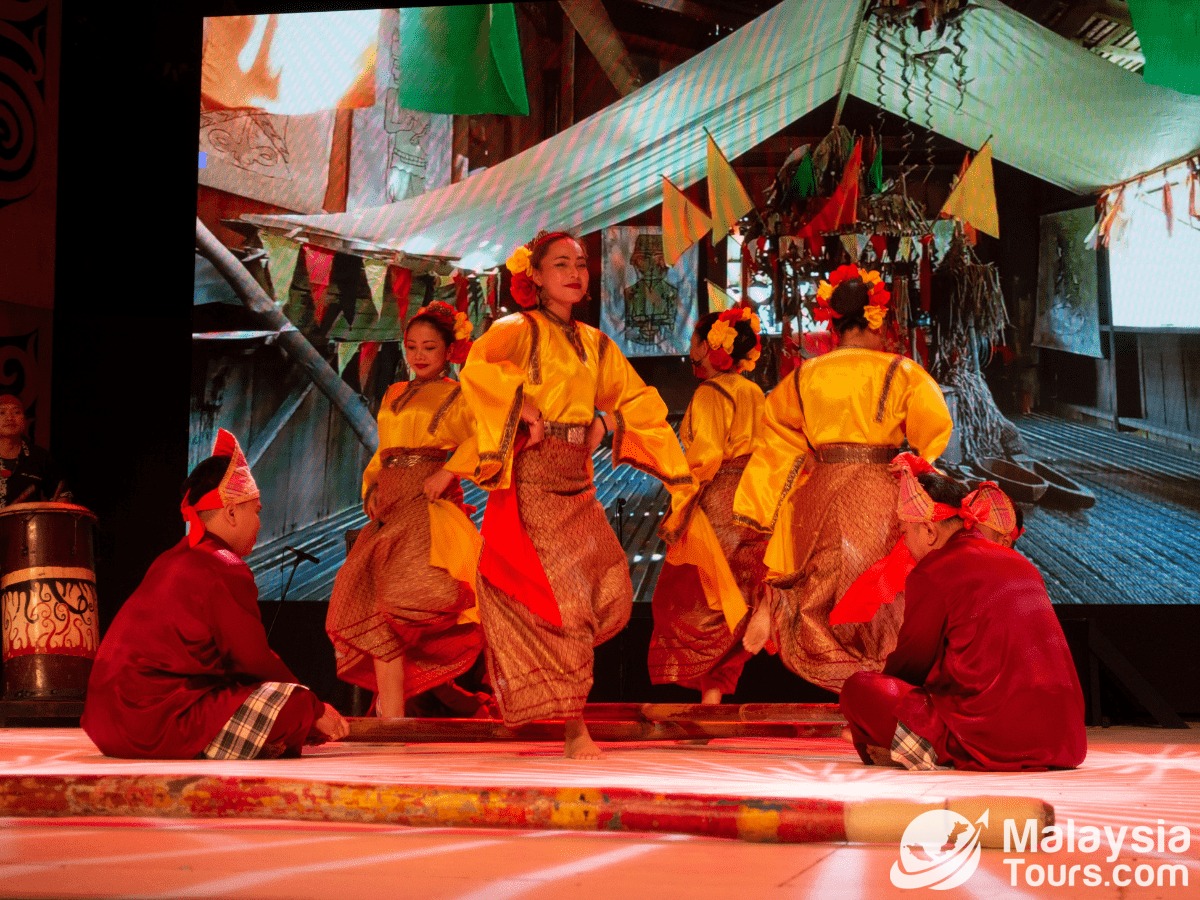
Description: Located near Kuching, this living museum showcases the heritage of Sarawak’s various ethnic groups, with authentic longhouses and cultural performances.
Historical Significance: It preserves and promotes the cultural heritage of Sarawak’s indigenous communities.
Practical Information: Open daily; entrance fee applies.
Local Tips: Visit during the Rainforest World Music Festival for a vibrant cultural experience.
Fort Margherita
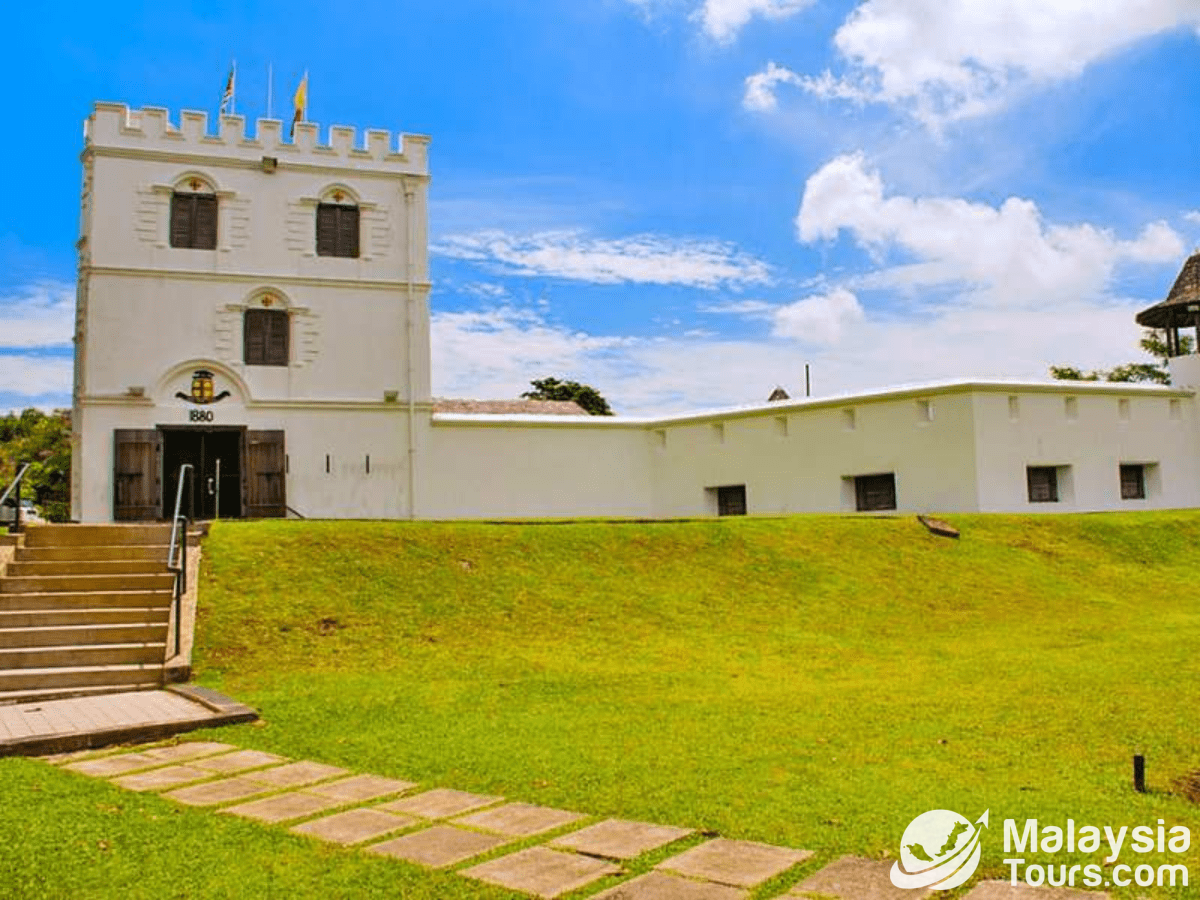
Description: Built in 1879 by Charles Brooke, the second White Rajah of Sarawak, this fort was constructed to guard against pirate attacks. It now houses the Brooke Gallery.
Historical Significance: The fort is a symbol of the Brooke Dynasty’s rule in Sarawak.
Practical Information: Open daily; entrance fee applies.
Local Tips: Take a boat ride across the Sarawak River to reach the fort, enjoying scenic views along the way.
Borneo Cultures Museum
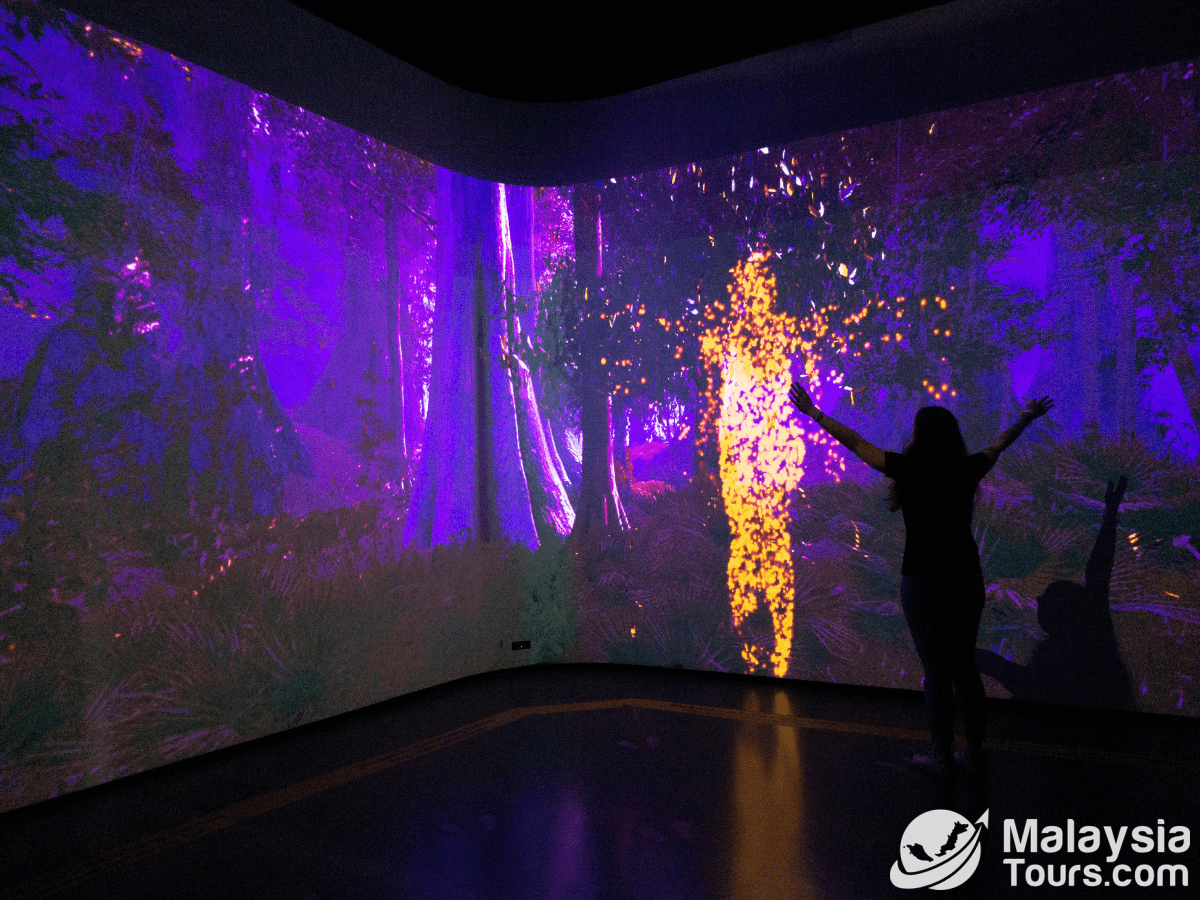
Description: This museum in Kuching is one of the largest in Malaysia and showcases the diverse cultures and history of Borneo. It includes exhibits on archaeology, anthropology, and natural history.
Historical Significance: It provides a comprehensive overview of the cultural and historical evolution of Borneo.
Practical Information: Open daily; entrance fee applies.
Local Tips: Plan for at least half a day to explore the extensive exhibits thoroughly.
Tips for Visiting Historical Sites in Malaysia
Research Ahead
Learn about the history of each site before visiting to enhance your appreciation and understanding.
Guided Tours
Consider hiring a local guide or joining a tour to gain deeper insights and interesting anecdotes about the sites.
Respect Local Customs
Many historical sites are also cultural or religious landmarks, so be sure to dress appropriately and follow local customs and guidelines.
Photography
While taking photos is generally allowed, some sites may have restrictions. Always check and respect the rules.
Conclusion
Malaysia’s rich history is reflected in its diverse and fascinating historical sites. From colonial buildings and ancient forts to cultural villages and heritage houses, each site offers a unique glimpse into the country’s past. By exploring these sites, you not only learn about Malaysia’s history but also experience the cultural tapestry that makes this country so unique.
Whether you’re a history buff or a casual traveller, Malaysia’s historical sites are sure to leave you with lasting memories and a deeper understanding of this beautiful nation. Plan your visit today and step back in time to explore Malaysia’s rich heritage.
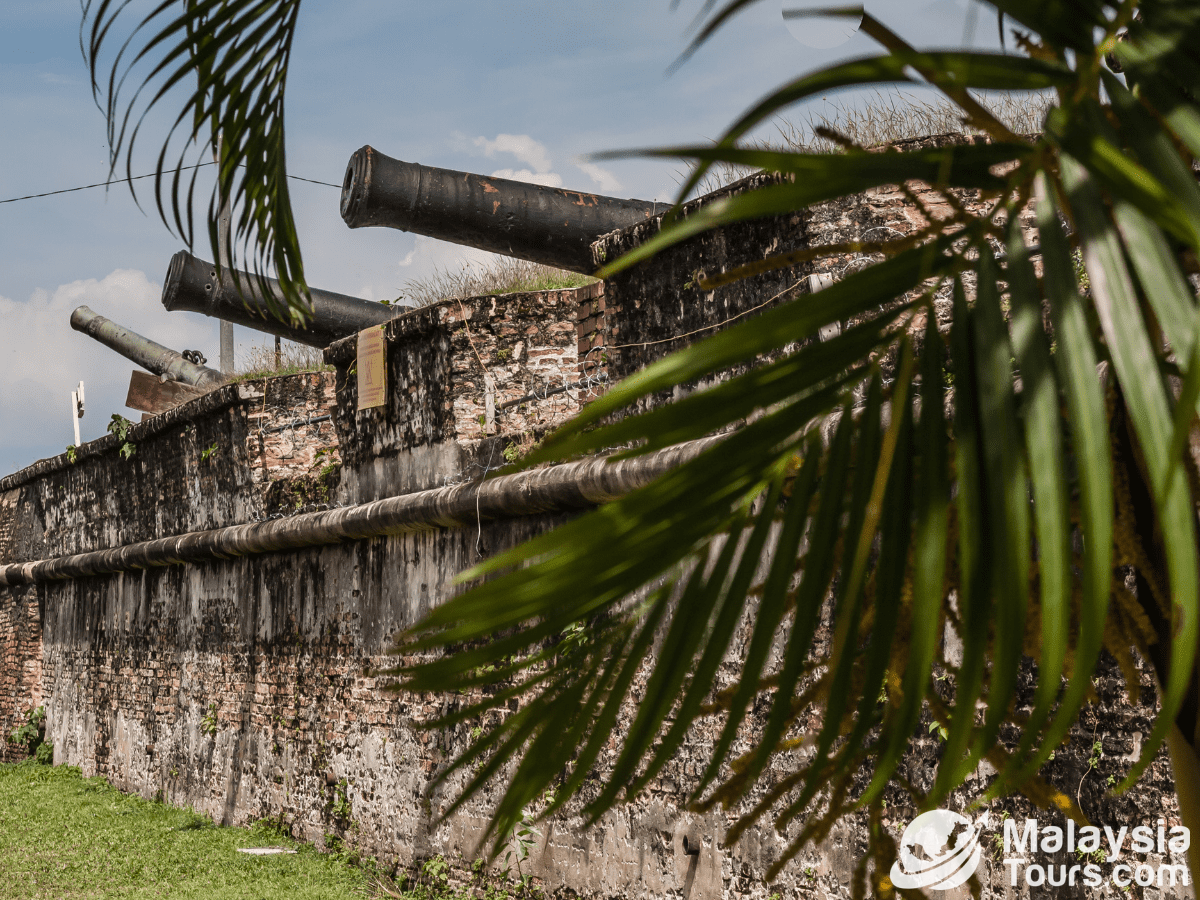
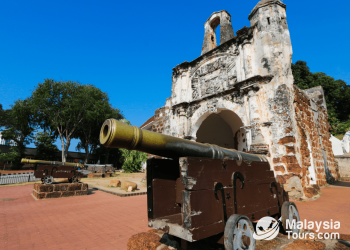
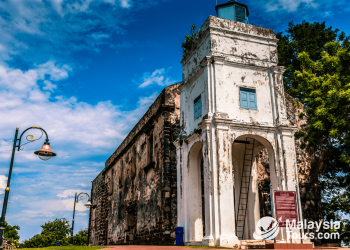
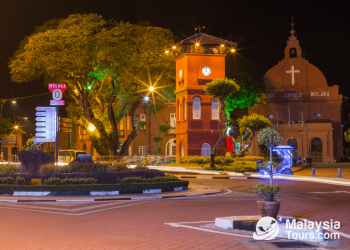
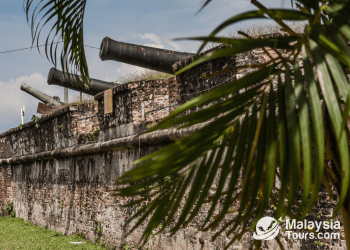
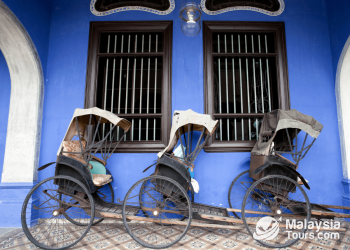
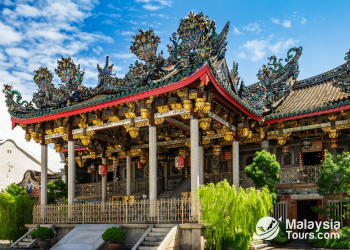
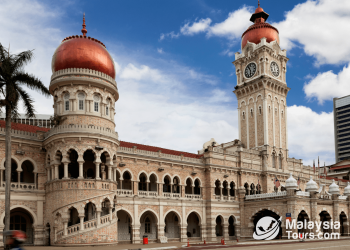
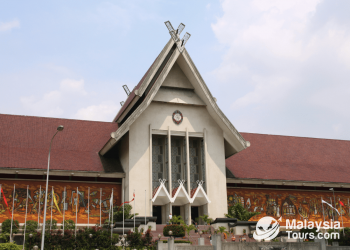
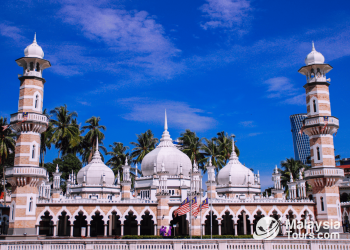
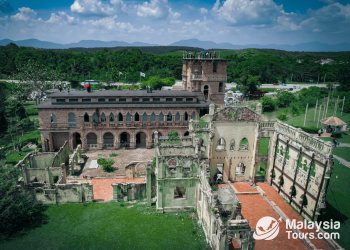
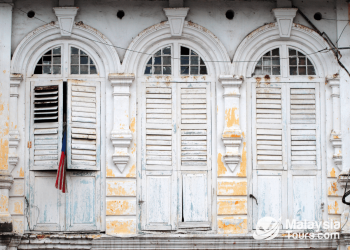
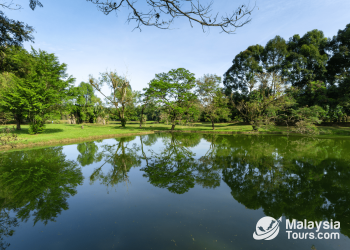
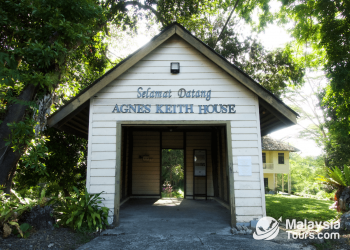
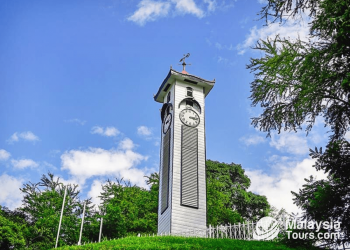
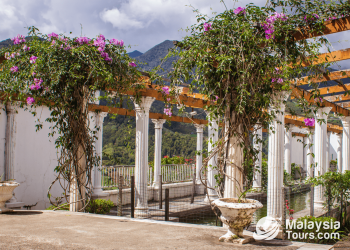
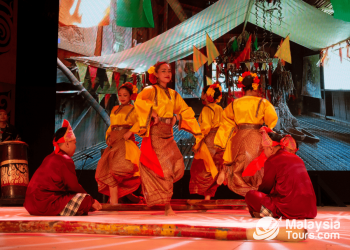
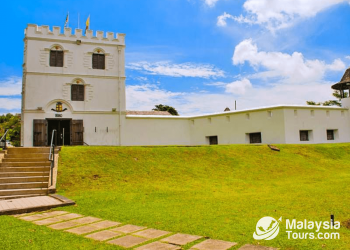
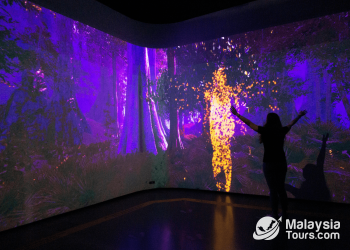
Family-Friendly Itineraries in Malaysia: 3 Recommended Family Vacations & Tours
Malaysia in 12 Days: Recommended 12-Day Itineraries to Malaysia
Malaysia in 5 Days: Recommended 5-Day Itineraries to Malaysia
Top 10 Most Beautiful Beaches in Malaysia
Top Outdoor Adventures in Malaysian Borneo: Climbing, Diving, and Wildlife Safaris